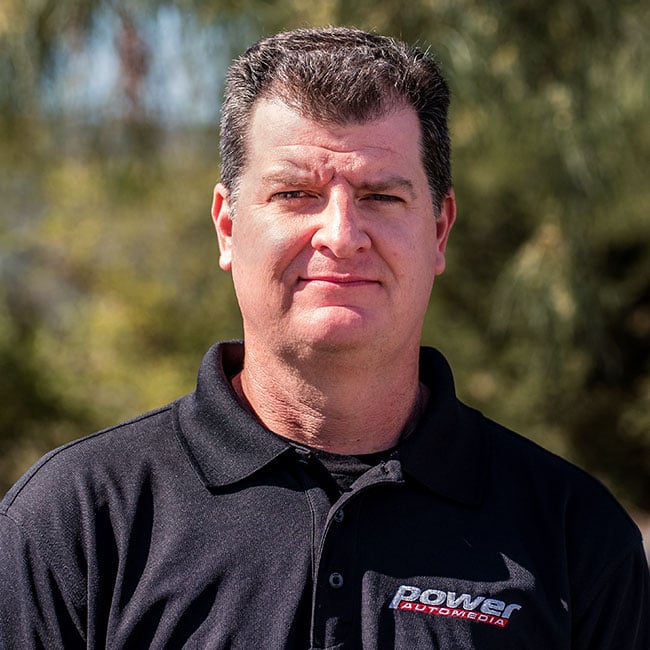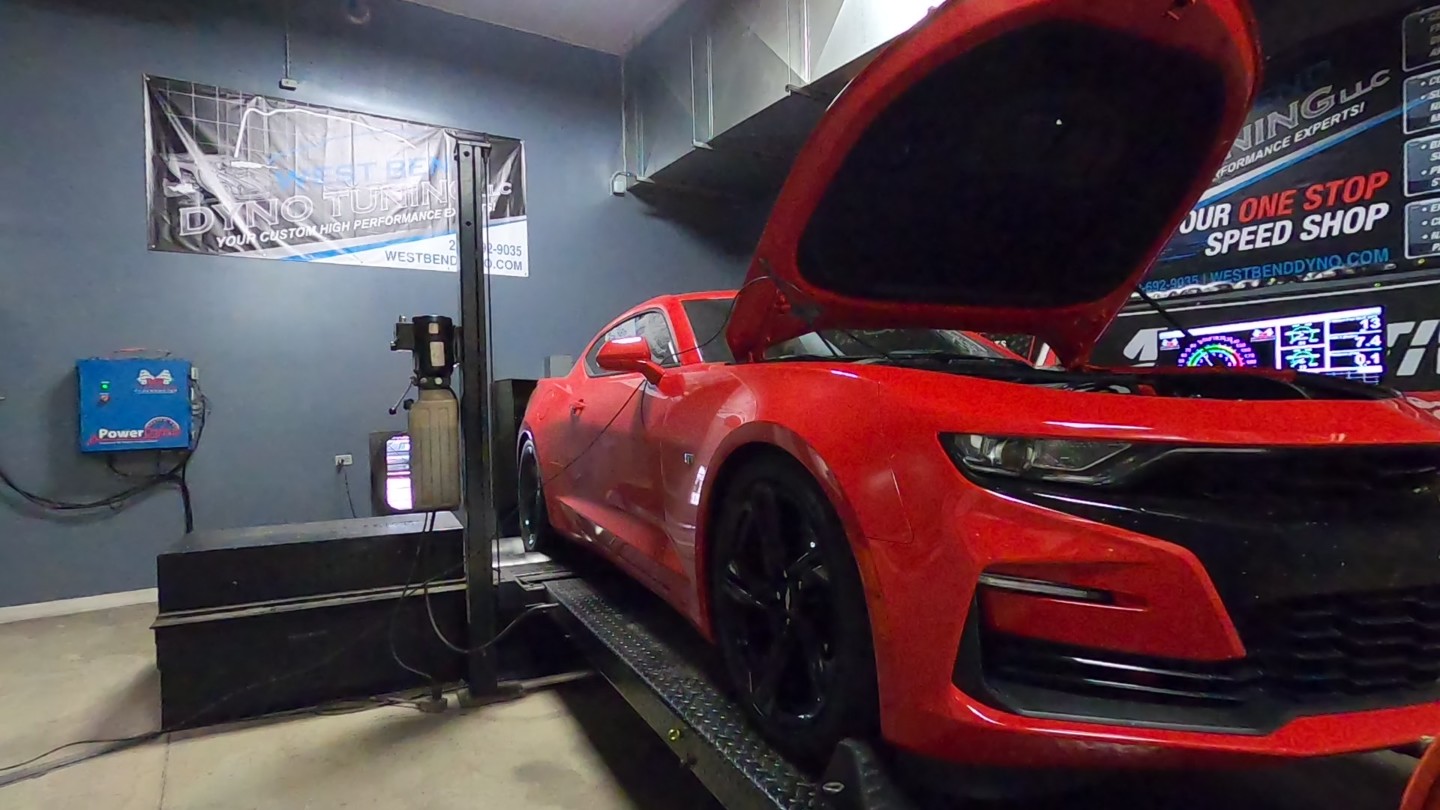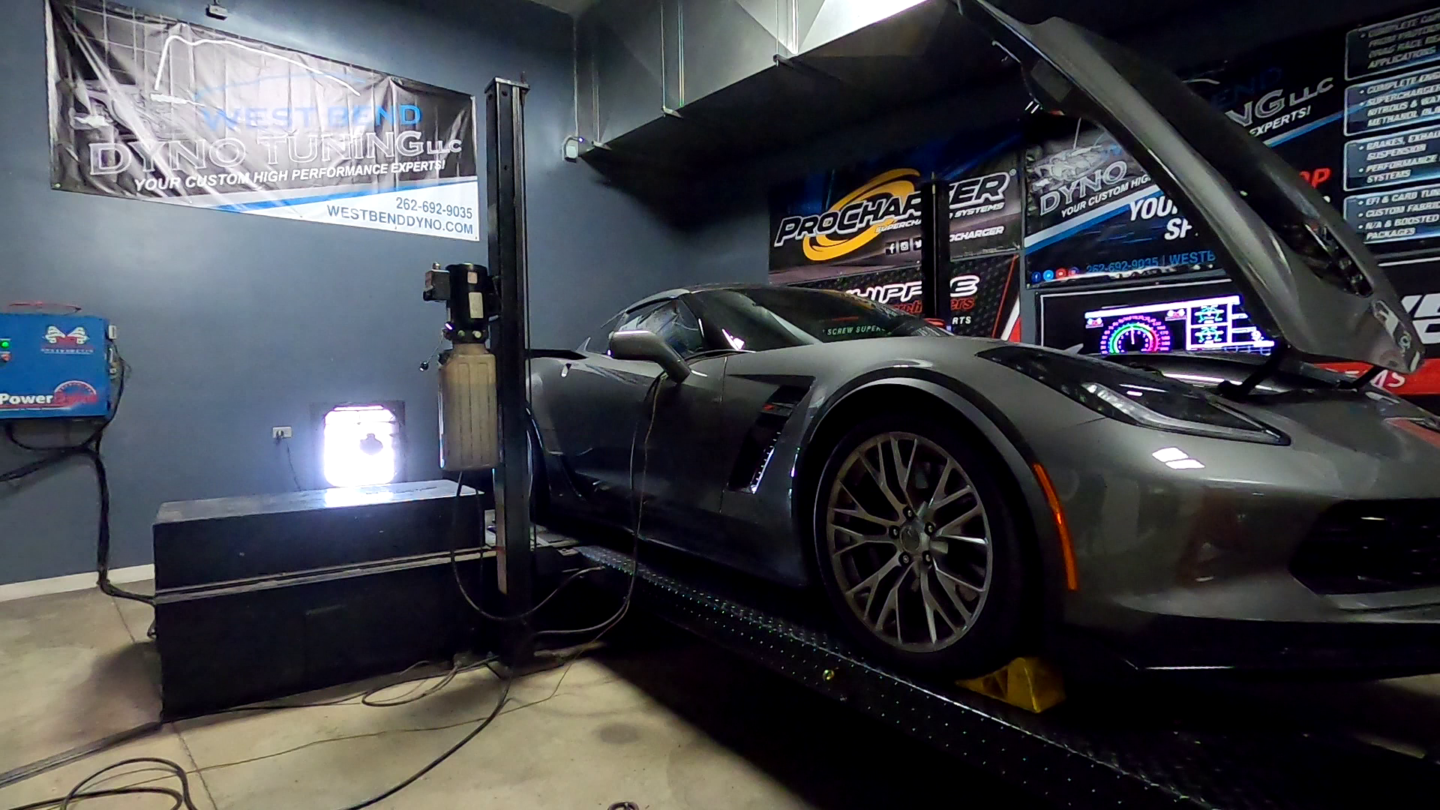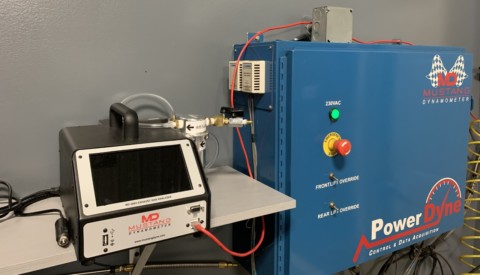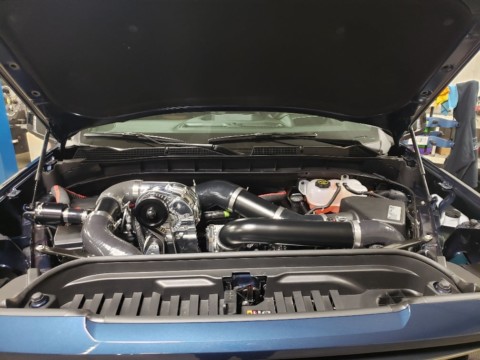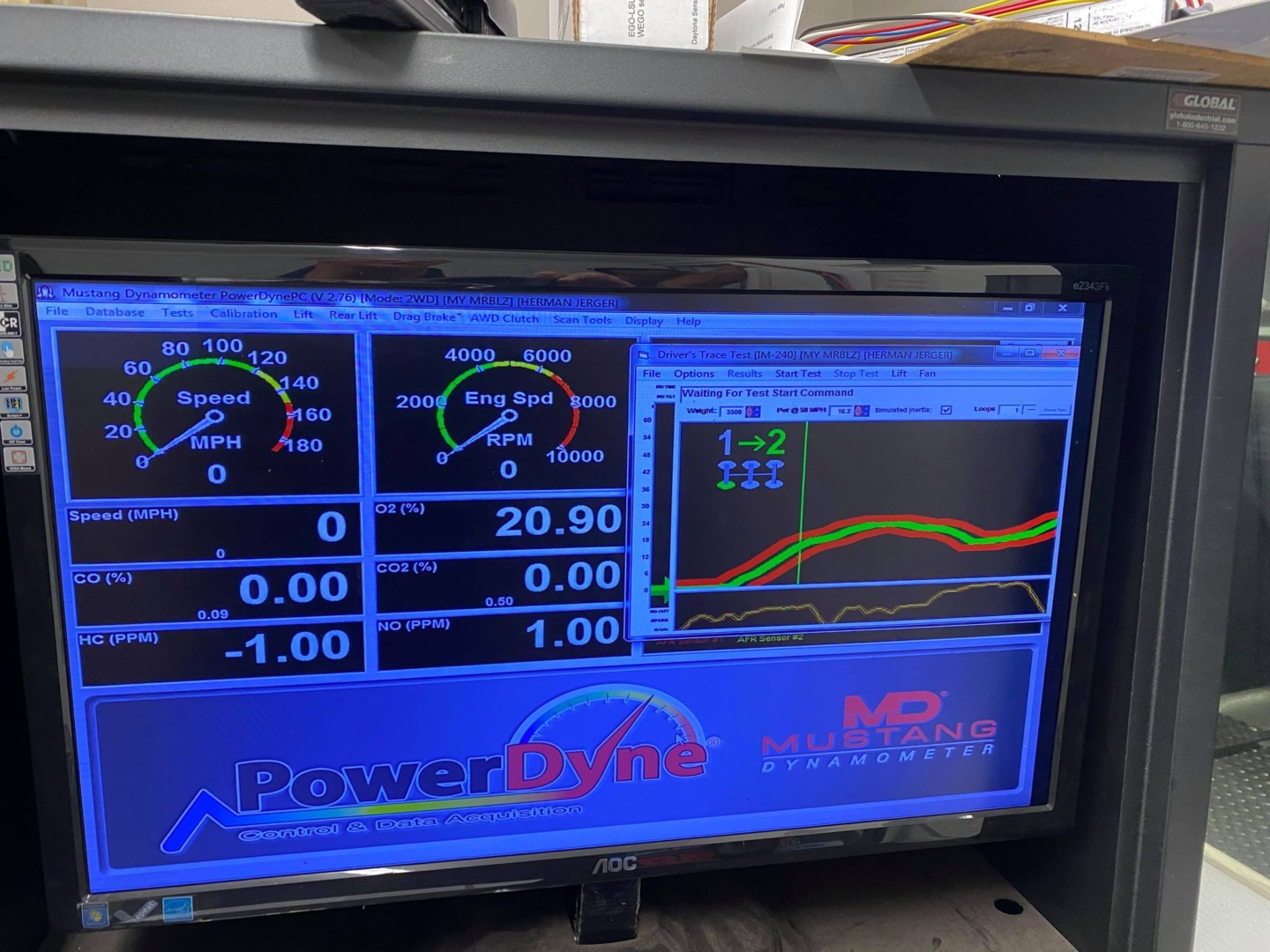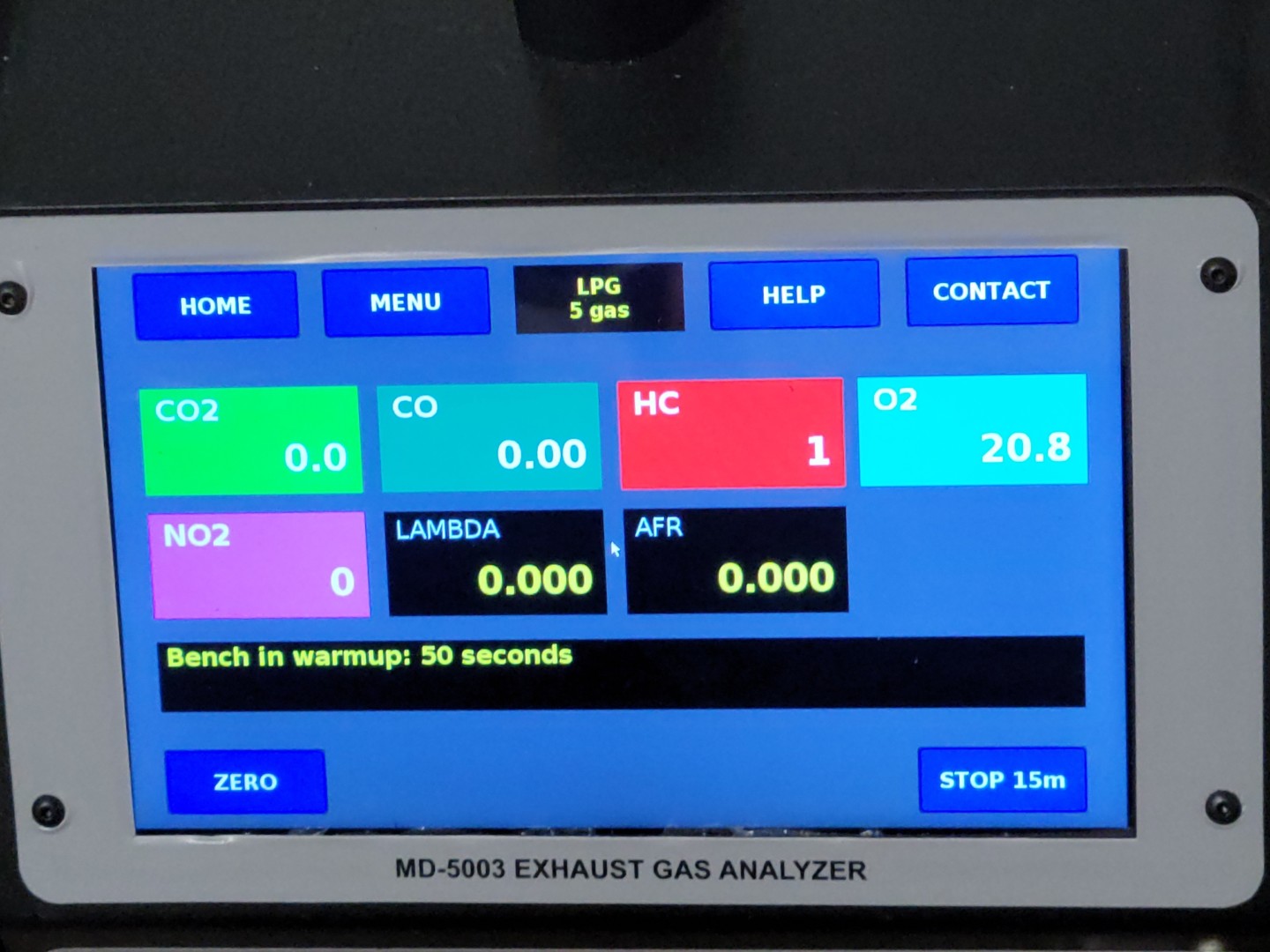There has been a lot of talk about the California Air Resources Board (CARB) lately. And while some think the whole CARB movement is new, it’s not. If you’re not from the Golden State, you may not know what it’s about or when it came to be. According to Ca.gov, the California Air Resources Board (CARB) was a merger between the Bureau of Air Sanitation and the California Motor Vehicle Pollution Control Board way back in 1967. It was approved by Governor Ronald Regan to “commit California to a unified, statewide approach to aggressively address the serious issue of air pollution in the state.”
Thanks to CARB, some very innovative emission control strategies have led to cleaner air. For example, catalytic converters were used as early as the ’70s. On-board diagnostics and the check engine light are another mandatory addition that helped drivers keep an eye on their vehicles, beginning with 1988 models.
CARB Innovations:
- The nation’s first tailpipe emissions standards for hydrocarbons and carbon monoxide (1966), oxides of nitrogen (1971), and particulate matter from diesel-fueled vehicles (1982);
- Catalytic converters, beginning in the 1970s;
- On-board diagnostic, or “check engine” light, systems, beginning with 1988 model-year cars;
- Zero-emission vehicle (ZEV) regulation (1990) that requires manufacturers to produce an increasing number of ZEVs;
- The nation’s first greenhouse gas emissions standards for cars (mandated by the Legislature in 2002 and approved by CARB in 2004); and
- California’s Advanced Clean Cars Program (2012), which reduces both conventional “criteria” and greenhouse gas pollutant emissions from automobiles.
As you can imagine, CARB has caused a few issues with the performance aftermarket, which specializes in making vehicles better per se. In years past, companies were able to label their performance products for “Off-Road Use Only.” The problem is the customer could purchase and use it on the streets. However, now that emissions testing has become more stringent, it’s in the manufacturer’s best interest to test its product and get it CARB certified. But, what does this mean for manufactures and installers?
What Is CARB EO?
We reached out to Brian Wohlfeil, EFI Calibrator and Master Technician of West Bend Dyno and Tuning LLC, to get his input on CARB compliant products. Wohlfeil said, “With increasing regulations on vehicle emissions and the movement to protect the environment, many vehicle aftermarket manufacturers are re-structuring their product lines to adhere to current and future requirements. Until legislation is written into law that clarifies what is and is not Off-Road Use Only, companies are shifting their focus on CARB Executive Order (EO) products. Products without a CARB EO certification may be illegal in your state for sale and installation. A new line of CARB EO shorty headers and cold air intakes are already on the market, allowing you to customize your vehicle and maintain emissions compliance.”
It’s interesting to note that the California Air Resources Board has more stringent emissions requirements than the Environmental Protection Agency (EPA) at the federal level. As a result, products submitted for CARB EO certification go through an extensive testing phase which takes some time and is expensive. But, of course, the trade-off is, these goods will now be legal for sale in all 50 states across the US.
CARB & Superchargers
One product that is and always has been popular in the performance industry is superchargers. And while you may think that these units would not pass a CARB test, that hasn’t been the case. In fact, in some instances, a supercharger has made vehicles more efficient with one than without by making the engine more efficient. And more and more companies are hopping on CARB compliant products.
“Almost every supercharger manufacturer has a list of CARB EO approved superchargers and provides legal calibrations. Because the CARB EO testing is expensive and time-consuming, not all vehicle applications are supported. The list of approved vehicles increases as testing and certification is completed. West Bend Dyno can guide you as to which supercharger best suits your needs,” explained Wohlfeil. “West Bend Dyno is committed to offering clients the performance package that best suits their needs. We are focused on providing the best horsepower per dollar spent. CARB EO supercharger kits have traditionally offered the best bang for your buck. Proven and tested, all available CARB EO supercharger kits are meant to work efficiently with stock vehicles. We offer these kits for the ‘do it yourself’ individual or installed packages complete with dyno results.”
Emissions Testing Process
While slapping on a CARB compliant part may be “good enough” for some states, others are not so lucky and may require emissions testing ever so often. West Bend Dyno uses an IM 240 emission test and five gas analyzer to ensure any installed CARB EO product can pass the test.
“The IM240 test is an Inspection and Maintenance drive cycle that is 240-seconds in length. This test is done on a chassis dynamometer to provide different load, acceleration, and deceleration points to test tailpipe emissions from a vehicle. This test measures in grams per mile of offending greenhouse gasses.” Wohlfeil continued, “Another way to test tailpipe emissions is an Acceleration Simulation Mode (ASM) test. This test, again, uses a chassis dynamometer but measures tailpipe emissions at a steady-state and load. This test measures the exhaust in PPM or parts per million. The gasses being monitored in both tests are HC (Hydrocarbon), CO (Carbon Monoxide), CO2 (Carbon Dioxide), O2 (Oxygen), and NOX (Oxides of Nitrogen).
The Long Road Ahead
Let’s face it; the California Air Resources Board is not going away. In fact, it’s going to keep pushing the boundaries on vehicle emissions to keep the air clean. And while CARB may get a bad wrap, ultimately, it’s for the greater good for the future generations. Fortunately for enthusiasts like us, supercharger companies like ProCharger, Whipple, Vortech, Edelbrock, and Magnuson are full of intelligent and resourceful people passionate about performance. And we’re confident that they’ll figure out new and improved ways to extract even more power out of a modern engine while reducing emissions at the tailpipe.



